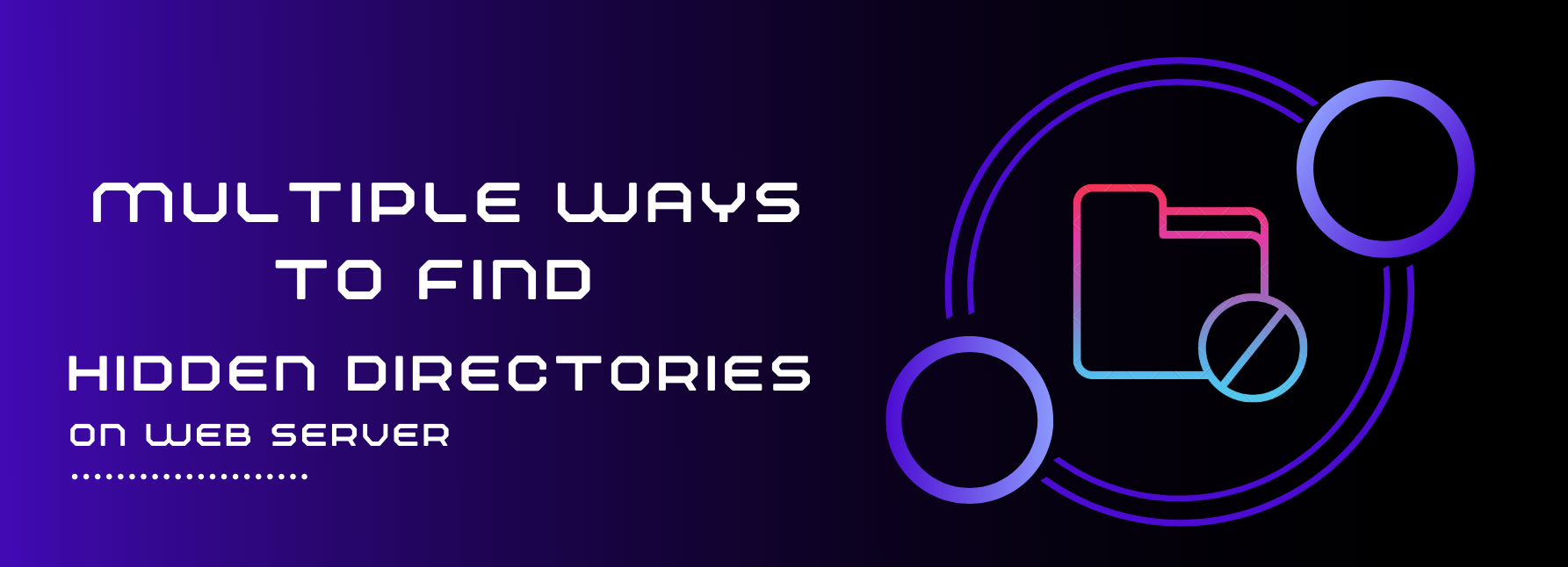Directory fuzzing is a crucial technique in cybersecurity for discovering hidden directories and files on web servers. These resources are often protected or hidden, and fuzzing helps in identifying vulnerabilities by brute-forcing potential directory and file names. For those engaged in ethical hacking or penetration testing, a comprehensive list of fuzzing files is essential. These lists typically include common file names, extensions, and directory structures, which can be fed into tools like DirBuster, Gobuster, or FFUF to automate the discovery process.
Directory Files:
Fuzz Files :
DNS files:
To download extensive directory fuzzing files, numerous repositories are available on platforms like GitHub. These repositories often compile extensive wordlists used by security professionals. Some well-known sources include:
- SecLists: A popular repository that includes multiple types of lists for different fuzzing scenarios.
- FuzzDB: Contains a variety of attack patterns, wordlists, and other resources.
- PayloadsAllTheThings: Offers payloads for various testing scenarios, including directory fuzzing.
These resources are invaluable for thorough security assessments and are continuously updated by the community to include new patterns and techniques.
For downloading specific fuzzing lists, you can visit:
These lists and tools enhance the effectiveness of brute force attacks in penetration testing, helping identify and mitigate potential security vulnerabilities.


